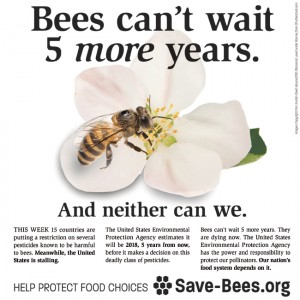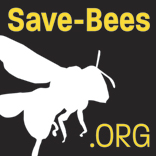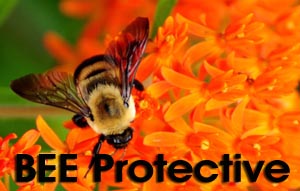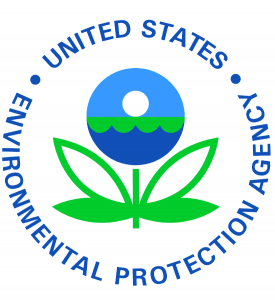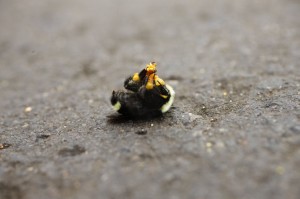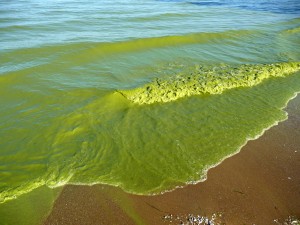13
Dec
Unregulated Contaminants Found Widespread in U.S. Drinking Water
(Beyond Pesticides, December 13, 2013) A recent survey conducted by researchers at the U.S. Geologic Survey (USGS) and the U.S. Environmental Protection Agency (EPA) found traces of 18 unregulated chemicals in drinking water from more than one third of U.S. water utilities. Of the 21 total chemicals found, researchers discovered among them 11 perfluorinated chemicals, an herbicide, two solvents, caffeine, an antibacterial chemical, a metal and an antidepressant. Preliminary findings were presented by scientists at an annual toxicology conference held by the Society of Environmental Toxicology and Chemistry last month in Nashville.
Federal researchers took samples from 25 U.S. utilities from around the nation who voluntarily participated in the study, providing samples of treated and untreated water. Disturbingly, 18 of the chemicals found are not regulated under the Safe Water Drinking Act, meaning utility companies are not required to treat, limit, or even monitor for their presence.
“The good news is the concentrations are generally pretty low,” said USGS research hydrologist Dana Kolpin, PhD. to Environmental Health News. “But,” he continued “there’s still the unknown. Are there long-term consequences of low-level exposure to these chemicals?”
While there is a paucity of data on some of the contaminants, regulated chemicals such as atrazine, metolachlor, triclosan  found in drinking water samples have been demonstrably linked to serious human and environmental health problems. Atrazine, for example, is used nationwide to kill broadleaf and grassy weeds, primarily in corn crops. It has been shown to be harmful to humans, mammals, and amphibians even when the amount used is less than the government allows. Atrazine is also associated with infertility, low birth weight, and abnormal infant development in humans. The chemical’s use is widespread, but for agriculture its use in concentrated in the Midwest farmbelt.
In addition to atrazine, triclosan, caffeine, metolachlor, perfluorooctanesulfonic acid (PFOS), perfluorooctanoic acid (PFOA), and nine other perfluorinated compounds, which are used in a variety of industrial processes including production of nonstick or stain resistant products, were found in the drinking water supply. 251 chemicals, bacteria, viruses, and microbes measured were also detected in drinking water of more than a third of the 25 utilities while 113 were found less than a third of the utilities.
Previous USGS reports have documented pesticides and fertilizers in U.S. streams and drinking water. Herbicides like atrazine, metolachlor, and simizine are among those often found in surface waters of 186 rivers and streams sampled by USGS since the early 1990s, and are highly correlated with the presence of upstream wastewater sources or upstream agricultural and urban land use. Â Indeed, very little has changed within the last five years.
However, this study represents one of the few that documents how common emerging contaminants are in drinking water. Only four of the chemicals detected ””the metal strontium, the herbicide metolachlor, PFOS and PFOA”” are now on EPA’s list of chemicals under consideration for inclusion in drinking water standards. They plan to finalize their decision for at least five contaminants on the list sometime next year.
“We’re hoping through this work the EPA will do a much more intensive contaminant candidate list and develop new methods and requirements for drinking water plants,” said USGS scientist Edward Furlong to Environmental Health News.
Unfortunately, regulations that protect U.S. waterways from chemical contamination, including contamination from pesticides, have been attacked by industry groups and Congress. Under the Clean Water Act (CWA), pesticide users who spray over waterways must have a National Pollutant Discharge Elimination System (NPDES) permit. This requirement follows a 2009 federal appeals court ruling in National Cotton Council v. EPA, and simply lets authorities know what is sprayed and when it is sprayed, so that the public may know what chemicals are used in their waterways. Â However, since the inaction of the NPDES permit requirement, in 2011, several pieces of legislation have been introduced in Congress that would eliminate these regulations.
In October, a bipartisan group of U.S. Senators led by Sen. Kay Hagan, D-N.C., began urging Farm Bill conference committee members to eliminate the permitting requirements, continuing the myth that permits burden farmers and applicators, though fees can be as low as $25 for the permit, and states that oversee the permitting program stand to collect this revenue. For more information, read  Clearing up the Confusion Surrounding the New NPDES General Permit.
Learn more about the health of our nation’s streams, from water quality surveys to peer-reviewed research relating the impact of pesticides on human health and the environment. Read Pesticides in My Drinking Water? Individual precautionary measures and community action for information on how to get involved. To keep up-to-date on Congressional and government agency actions, sign-up for Beyond Pesticides’ action alerts and visit our Threatened Waters page.
Source: Environmental Health News
All unattributed positions and opinions in this piece are those of Beyond Pesticides.











